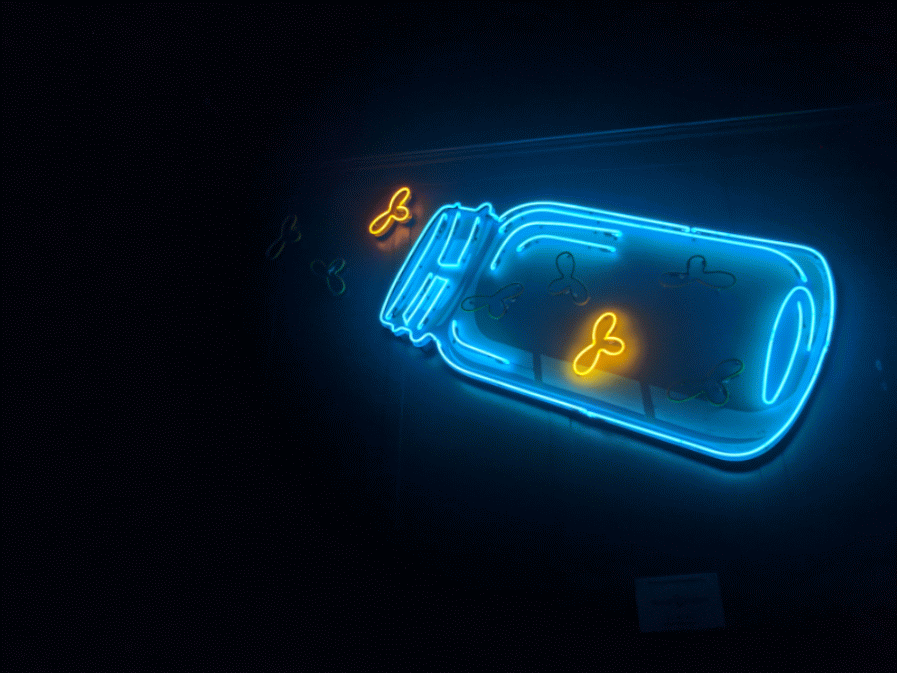Place and Research
Placemaking & Landmarks: The Creation of Mexican Spaces in la Dieciocho (Pilsen), a new exhibit at the National Museum of Mexican Art in Chicago, focuses on how transportation grids insulated a growing Mexican labor community, allowing them to sustain their traditions. As most lines of major urban transportation infamously amputate such neighborhoods from their sibling communities, this got me thinking about how place-making can play a factor in bike advocacy, or vice versa.
The Situationist movement in France sought to subvert constructed boundaries through dérive, voluntary wanderings in cities with the aim of breaking routine and becoming an actor in the “theatre of the city”1. This “theatre” may have influenced Jane Jacobs in The Life and Death of American Cities, where she identifies “vibrant cities” as dense communities allowing for accidental bump-ins, conversations, and serendipitous intimacy. Technology can aid in dérive, as demonstrated by this feature on the podcast Invisibilia (skip to 7:38).
It seems these avant-garde methods of routine-disruption have lineage to ethnographic research tactics such as participatory observation. Immersing oneself into the world being researched allows for objective consideration of wholistic solutions. My current research in the realm of bike commuting advocacy in the United States has revealed a history of male-dominated sport-bike enthusiasts that championed early efforts in bicycle infrastructure in the 60’s and 70’s 2. While important mileage was made toward the cause, its perspective was infamously narrow and has led to an elitist perception towards bike advocacy, one that fails to address the specific ethnographic character of cities and their constituent neighborhoods. In The Bicycle: Towards a Global History, Paul Smethurst calls the bicycle a modern, futuristic, and liberating machine that allowed its riders to explore their country-side on scales of personal distance and speed never achieved before. This enthuses me as it presents my experimental non-car lifestyle as a tool for research, meandering, and immersion. Through social rides, long-way trips home, and daily commutes disruptions I can seek non-normative associations with cycling that can aid in visualizing tangible advocacy efforts.
Other thoughts…
Games as research tool for interaction design
- Questions & Empathy
- UX Technique Cards
- IDEA Methods Cards
Quantitative Research: Time-to-task tests
- Tax return processing sites will use ‘fake’ progress bars to convey the idea that something was thought about and done right, even though computers work much faster
Transparency/Opaqueness of text
- Design is often said to be an act of transparent communication. I wonder what opaque design would look like?

1 Kenneth Goldsmith via Uncreative Writing: Managing Language in the Digital Age
2 Jeff Mapes via Cycling Revolution